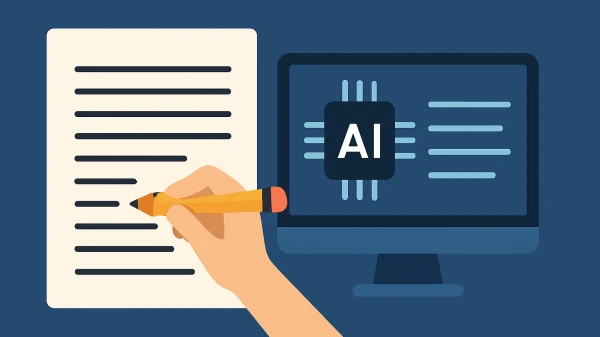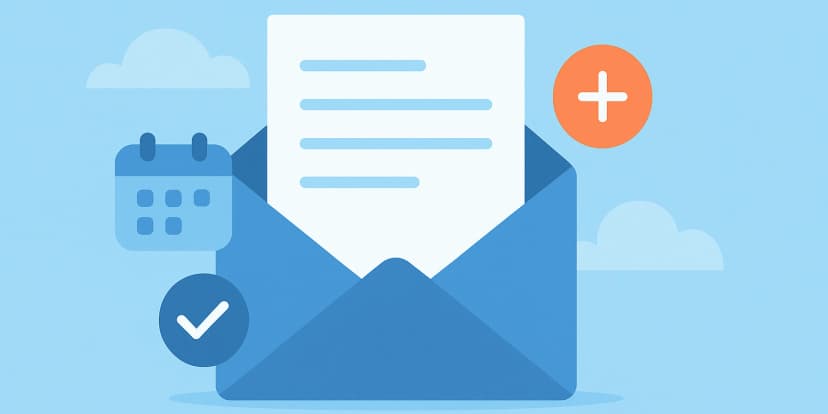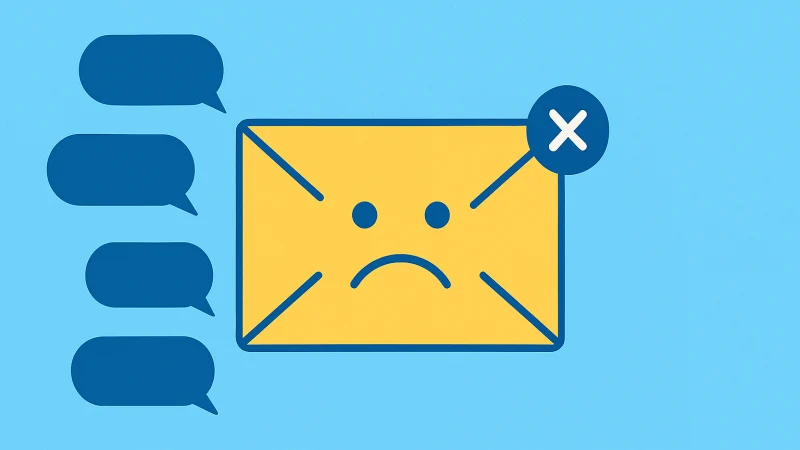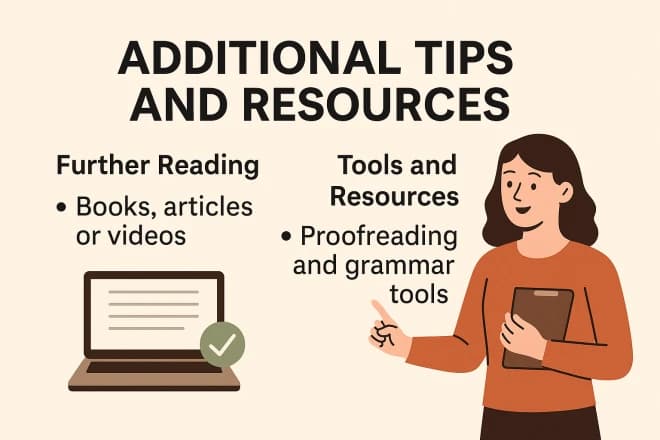Unlock Insights: Find the Answers You Seek on Our Blog
5 Cold Email Mistakes That Are Killing Your Reply Rate (And How to Fix Them)
By Evelyn Sterling
📩 Introduction — Why Most Cold Emails Fail
You’ve probably been there — spending hours crafting what feels like a thoughtful outreach email, hitting “send,” and then watching silence fill your inbox. No replies, no feedback, not even a polite “not interested.”
The truth is, most cold emails don’t fail because your product or idea is bad — they fail because of subtle, fixable mistakes. A weak subject line, a message that sounds too self-focused, or an unclear next step can quietly kill your reply rate before the reader even finishes the first sentence.
In this guide, we’ll break down five of the most common cold email mistakes that experienced marketers see every day — and more importantly, how to fix them. Each section offers a simple, actionable change you can make to start turning silence into genuine conversations.
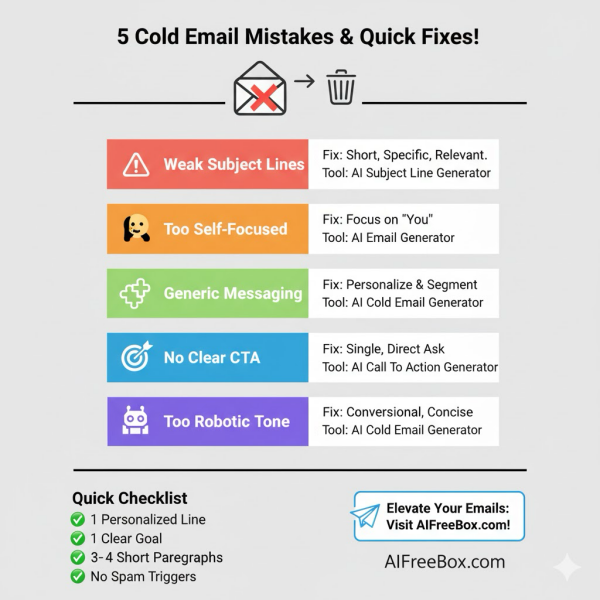
⚠️ Mistake #1: Weak or Spammy Subject Lines
The subject line is your first — and often only — chance to earn attention. Yet too many cold emails fail right here. A line that feels automated, vague, or overly promotional gets buried before the recipient even opens it.
Think about how many messages start with “Quick question” or “Exclusive offer just for you.” These sound generic because they are — and the human brain is wired to ignore what feels like noise.
A strong subject line, on the other hand, feels specific, relevant, and natural. It hints at value without shouting for attention. Keep it short (under 50 characters), and tie it directly to the recipient’s world — for example:
“Idea for improving [Company Name]’s onboarding flow”
This small change signals thoughtfulness and intent — qualities that separate genuine outreach from mass spam.
✨ Tip: If you struggle to balance clarity with curiosity, a writing assistant like an AI Cold Email Generator can help refine tone and phrasing without losing authenticity.
🙊 Mistake #2: Talking About Yourself Too Much
One of the fastest ways to lose a reader’s interest is by making your cold email all about you. Too many outreach messages start with “I wanted to reach out…” or “We’re excited to share…” — and by the second line, the reader has already tuned out.
People care most about how your message relates to their goals, problems, or opportunities. When every sentence centers on your product or achievements, it creates distance instead of connection.
🛠️ How to fix it:
- Shift the focus to value and relevance — explain what’s in it for them, not for you.
- Apply the “You > I” rule: for every “I” in your draft, make sure there are at least two “you” statements.
This subtle shift transforms your tone from self-promotional to collaborative — and readers naturally respond better to someone who seems genuinely interested in helping them.
Tip: An AI email writing assistant can help rewrite your draft to sound more recipient-focused and conversational, ensuring your message feels personal rather than rehearsed.
🧩 Mistake #3: Generic, Copy-Paste Messaging
Sending the same cold email to dozens of contacts might save time, but it also guarantees one thing — your message will sound like it was written for no one in particular. Readers can spot a mass template within seconds, and once they do, you’ve lost their attention.
When an email lacks personal context — no mention of the recipient’s role, company, or recent work — it feels like background noise. Even if your offer is relevant, the delivery makes it forgettable.
How to fix it:
- 🔍 Add a personal touch: reference something specific, such as a recent LinkedIn post, press mention, or company update.
- Segment your outreach: tailor tone and examples to the recipient’s industry or title instead of sending a universal script.
These small signals of effort make your message feel human. The goal isn’t to write a unique email every time — it’s to make each recipient feel like you wrote it for them.
Tip: Tools like an AI Cold Email Generator can help scale personalization by inserting dynamic details while keeping tone natural and authentic.
🎯 Mistake #4: No Clear Call to Action (CTA)
Even a well-written cold email can fall flat if it ends without direction. Phrases like “Let me know your thoughts” or “Would love to connect sometime” sound polite, but they leave the reader unsure what to do next — and that hesitation often leads to no response at all.
Every message should make the next step effortless. A clear, simple CTA not only gives structure but also reduces friction for the reader. The more specific the ask, the easier it is for them to say yes.
How to fix it:
- Be direct but low-pressure: Ask for something small and specific, like “Would you be open to a quick 10-minute chat next week?”
- Stick to one CTA per email: Multiple requests dilute clarity and make it harder for the reader to respond.
Remember, a good CTA doesn’t push — it guides. When your reader knows exactly what’s being asked, they’re far more likely to take that step.
🤝 Tip: An AI Cold Email Generator can suggest CTA options tailored to your goal — whether it’s booking a demo, requesting feedback, or starting a partnership — ensuring your outreach feels purposeful and easy to act on.
🤖 Mistake #5: Too Long, Too Formal, or Too Robotic
Lengthy, overly polished emails often feel like corporate press releases — and that’s exactly why people don’t read them. A cold email isn’t a brochure; it’s a brief conversation starter. When the tone is too formal or robotic, the reader feels disconnected instead of intrigued.
The best outreach messages sound natural, almost like a one-on-one chat. They respect the reader’s time and get to the point without unnecessary buildup. A friendly tone signals confidence and authenticity — qualities that make people more likely to reply.
How to fix it:
- Write conversationally: Use everyday language instead of jargon or filler phrases.
- Keep it short: Aim for under 150 words; trim anything that doesn’t directly support your point.
- Use natural rhythm: Mix short and medium sentences to create an easy flow.
When your message reads like something you’d actually say out loud, it becomes more human — and that’s what makes people respond.
💡 Tip: A tool like an AI Cold Email Generator can help you rewrite overly stiff drafts into a friendly yet professional tone, optimized for readability and engagement.
Bonus Tips — Quick Fix Checklist
Before hitting “send,” run your email through this quick checklist. These small adjustments can instantly make your message more focused, personal, and easy to read.
- ✅ 1 personalized line per email: Show you’ve done your homework — even one custom sentence makes a difference.
- ✅ 1 clear goal (not 3): Keep the purpose simple and focused. Don’t ask for a meeting, feedback, and partnership all at once.
- ✅ 1 actionable CTA: End with a clear next step, not a vague “let me know.”
- ✅ 3–4 short paragraphs max: Respect the reader’s time; aim for concise and scannable structure.
- ✅ No attachments or spammy phrases: Avoid words that trigger filters (“free,” “guaranteed”) and keep links to a minimum.
Following these basics doesn’t just improve reply rates — it shows professionalism and respect for the recipient’s attention. Most great cold emails are short, clear, and human.
💬 Conclusion — Turn Rejections Into Replies
Cold emailing isn’t about writing the perfect pitch — it’s about understanding people. The difference between silence and a reply often comes down to empathy, clarity, and timing. When you focus on what matters to the recipient, use simple language, and make the next step clear, you transform outreach from noise into genuine connection.
To recap, avoid the five most common mistakes: weak subject lines, self-centered messaging, generic templates, unclear CTAs, and robotic tone. Each of these can quietly drain your response rate — but they’re all fixable with a few mindful tweaks.
If you want a little extra help refining your next campaign, try the AI Cold Email Generator. It’s built to help you polish subject lines, personalize your tone, and write emails that sound human — not automated. Use it as your quiet partner to turn cold outreach into warm opportunities.
AI Tools Categories
Browse all AI tools by category
All AI Tools
229Amazon
5AI Writing Generator
85Article & Content Writing
35Branding & Identity
54Content Generation
170Creative Ideas
32Educational Resources
34E-commerce
14Etsy
6Events & Celebrations
13Facebook
6Gaming & Fun
5Instagram
3Lifestyle & Personal
8LinkedIn
6Marketing & SEO
40Poem & Lyrics Writing
19Professional Documents
31Social Media
44Story & Book Writing
49Text Effects
14TikTok
7Twitter
3Writing Enhancement
36YouTube
11
Highly rated and most popular AI tools curated by our experts
Recently added AI tools that are gaining traction
- AI Post Generator

- AI Bullet Point Generator

- AI Discussion Post Generator

- AI 2 Weeks Notice Letter Generator

- AI Content Creation Ideas Generator

- AI Radio Ad Script Generator

- AI Podcast Script Generator

- AI Resume Objective Generator

- AI Resume Headline Generator

- AI Password Generator

- AI Snapchat Caption Generator

- AI Snapchat Username Generator

- AI Pinterest Board Name Generator

- AI LinkedIn Experience Description Generator

- AI Twitter Hashtag Generator

- AI YouTube Short Idea Generator

we prioritize displaying the latest content closely related to the current blog post.
